Printing photos brings memories to life. I love nothing more than seeing my favourite images displayed around my home and hanging on peoples walls. To me this is the pinnacle of photography…. seeing your images in print!
Before choosing my print I always visualise or ask the client where the image will hang, how much light is in the room, how large the print will need to be to look balanced, and the colour scheme of the room. I have found a more subtle colour palette tends to wear better than a crazy bright pink and orange sky. My strongest advice is to go as large as you can afford and let it be a statement! In my opinion, bigger is always better in prints.
Quality matters when printing photos. I always look for services that use the best quality materials. This helps make sure my prints look their best and last a long time.
Picking the best medium for your photos can make them truly shine. Different materials offer unique looks and feels to showcase your images. My favourite print mediums are acrylics, framed prints and metallics.
To ensure my image is going to make the best quality print I always make sure I shoot a well exposed image in RAW, that it's tack sharp and has plenty of mega pixels. When editing I make sure that my histogram is well balanced and not clipping the blacks and whites.
The image I send to get printed is a different file to the one I use for social media or web use. You want to “flatten out” your image for print, the way I do this is by making sure there are no overly strong blacks and whites. You want to open up the shadows, meaning you want to see visible detail in your dark shadows.
You also want to make sure your whites and highlights are white and not dull but make sure they are not clipping on your histogram. Check your sharpening techniques and never use global sharpening on your image, if you need to use sharpening make sure you mask it into only things that should be sharp, not water or sky. For printing you definitely do not want to over sharpen your image.
Before printing, as my final step, I always zoom right into the image from edge to edge and look for any hot pixels, blemishes or dust spots. Then save it as a TIFF.

